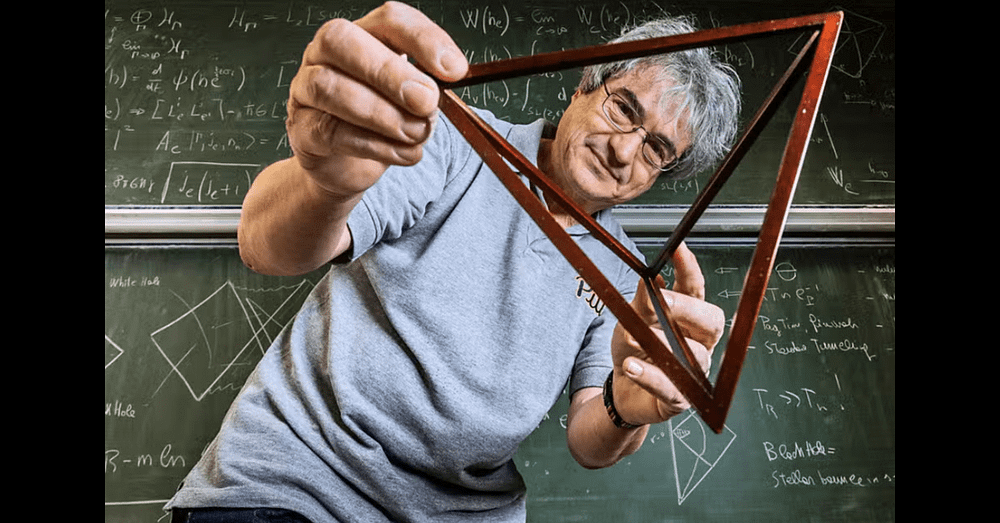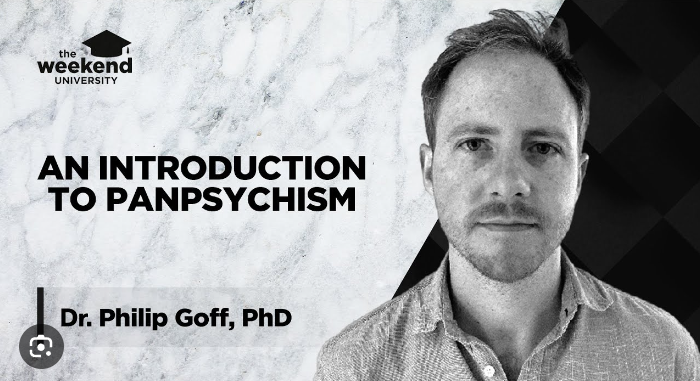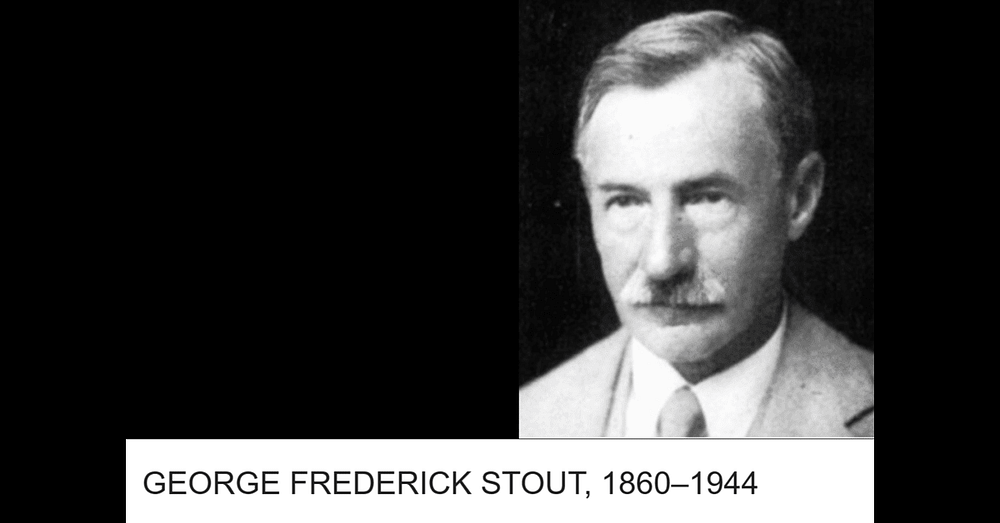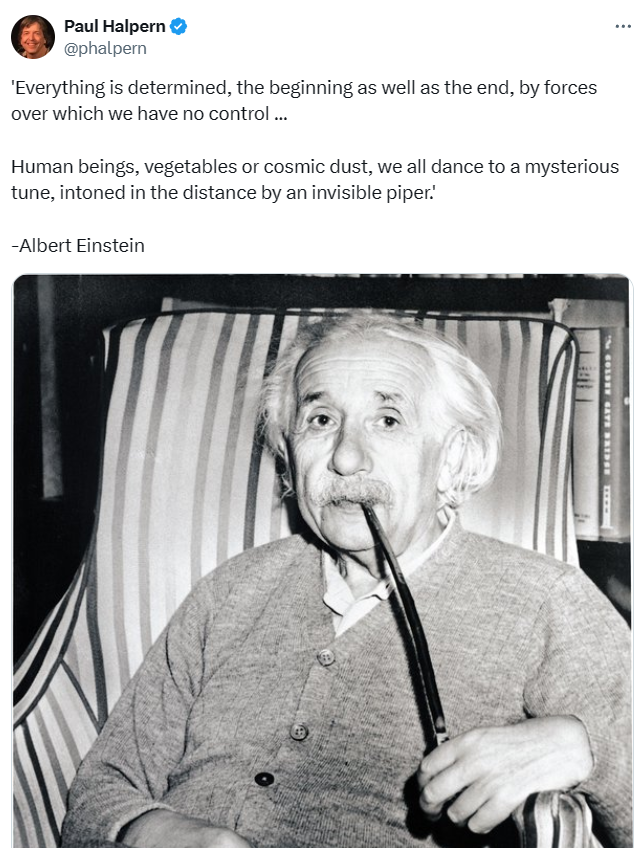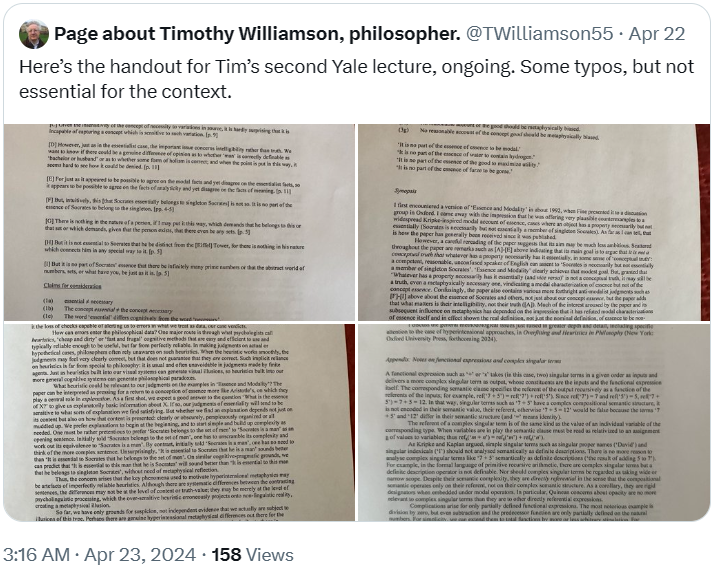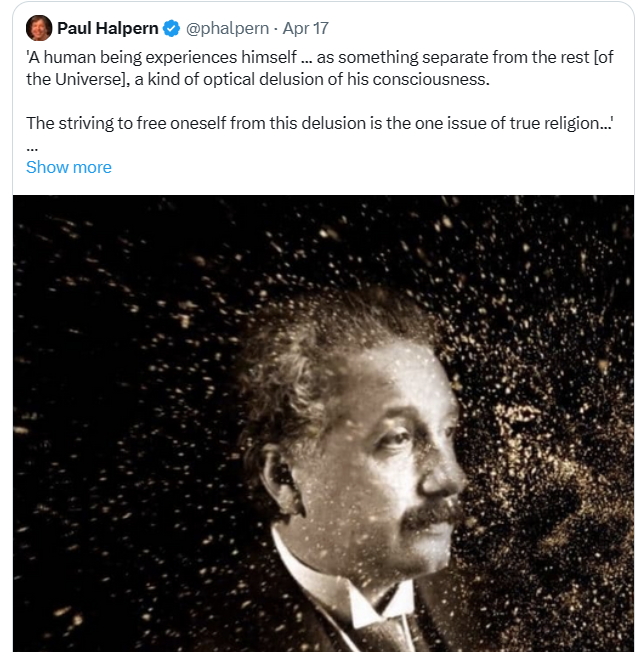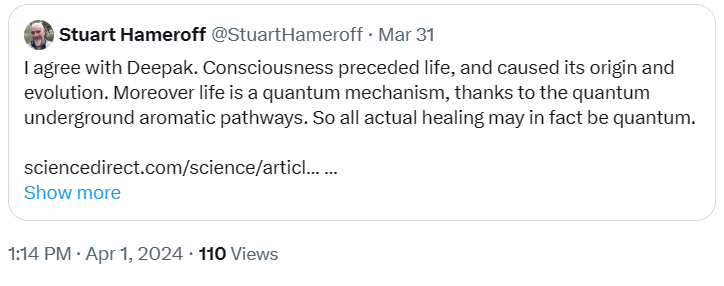“The conditions of the truth of sentences in a system need not be found outside the system [or convention], but must be provided within it.” — Rudolf Carnap
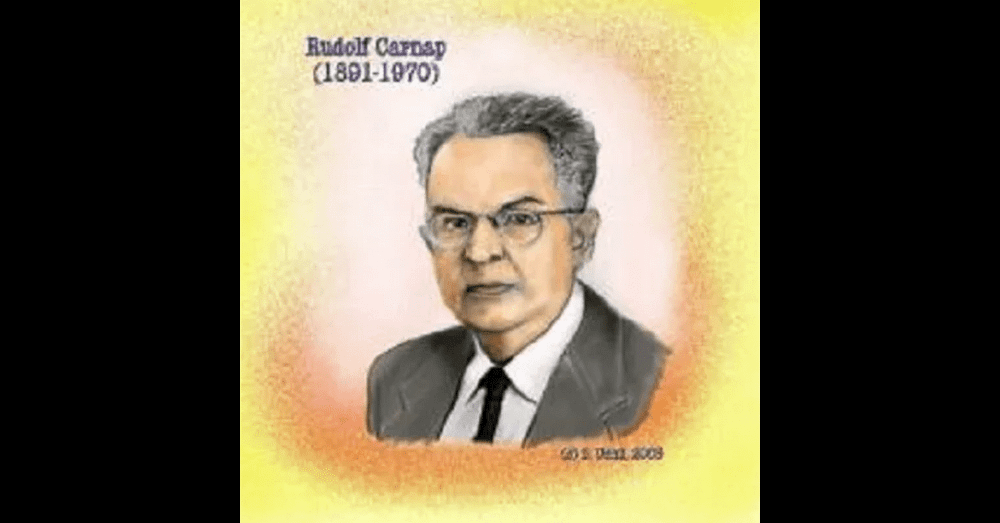
To put the following essay in context, let’s firstly quote two passages from Rudolf Carnap’s ‘Empiricism, Semantics, and Ontology’, which was published in 1950:
“If someone wishes to speak in his language about a new kind of entities, he must introduce a system of new ways of speaking, subject to new rules; we shall call this procedure the construction of a linguistic framework for the new entities in question.”
“To accept the thing world means nothing more than to accept a certain form of language, in other words, to accept rules for formulating statements and for testing, accepting, or rejecting them.”
The German philosopher (a logical positivist) Rudolf Carnap argued that truth is an “internal question”. That is, truth is internal to specific “conventions”.
The following is a broad definition of conventionalism:
“Conventionalism is the philosophical attitude that fundamental principles of a certain kind are grounded on (explicit or implicit) agreements in society, rather than on external reality. [] Although this attitude is commonly held with respect to the rules of grammar, its application to the propositions of ethics, law, science, biology, mathematics, and logic is more controversial.”
So why is any given convention chosen in the first place?
More specifically, why did Rudolf Carnap himself adopt the “framework” of what he called the “thing world”? Why not one based on abstract objects or the pronouncements of goblins?
It can be argued that truth-exterior-to-convention (at least in some form) was always lurking in Carnap’s background — i.e., despite his protestations against “external questions” on the outside of all (or any) conventions.
Again, surely there is some (form of) truth that’s antecedent to the adoption of a Carnapian convention.
What’s more, is it true that Carnap’s adopted convention “works”, “provides results”, “solves problems”, “handles experience”, etc?
Pragmatists and/or instrumentalists must face these antecedent questions - even if they’ve already adopted various conventions.
All this also parallels the late-19th-century stance of the American pragmatists.
For example, is it true that belief P is (as William James put it) “better for us to believe”?
Is it true that pragmatism itself is better for us to believe?
Thus, can we apply the pragmatist test of truth to pragmatism itself without begging the question?
Surely there must be some kind of truth which is, in this case, external to pragmatism.
We can then ask a Carnapian similar questions.
What comes first: “the world” or the convention?
Metaphysical realists would answer, The world.
Carnap would (or might) have answered, Conventions…
Or would he?
C = Convention
What would have made Carnap (or anyone else) adopt C¹ in the first place?
Carnap couldn’t have adopted C¹ from within C¹. It follows that his reasons for adopting C¹ weren’t internal to C¹. Therefore, when he adopted C¹, he must have been outside of C¹.
So where did these external reasons come from?
Didn’t truths, facts, reasons, evidence, data, etc. external to C¹ determine the choice of C¹?
Again, surely such reasons for a Carnapian rejecting his current convention couldn’t have come from C¹ itself. Thus he must have had good reasons for adopting C¹ which weren’t actually part of C¹.
So were they part of, say, C²?
Or are there many concurrent conventions which the Carnapian is internal to?
We may indeed require conventions, language games, conceptual schemes, etc. However, are we internal to just one of them?
More particularly, if conventions determine what we think and what we say, then conventions must determine our adoption of other conventions.
However, there’s something strange about this conclusion because conventions (or conceptual schemes) are often supposed to be “self-contained” (i.e., “closed universes”). At least many people have believed that. Yet this can’t be true if, for example, we can move from C¹ to C².
Thus, in the contemporary literature, why are conventions (or conceptual schemes) deemed to be so powerful, restricting and important?
We may indeed need conventions in the Carnapian sense. However, we can still jump from one convention to another. Conventions aren’t, therefore, anything like the Kant’s categories which a priori determine how we must perceive, experience or talk about the world. (Relevantly, the French philosopher Michel Foucault believed in what he called the “historical a priori”.)
Conventions are thoroughly contingent and adaptable.
On another point.
Was Carnap’s “adopted framework” a posit itself (i.e., a posit within which he posited other things)? Wouldn’t Carnap’s adopted framework itself (as an abstract object) need to have been posited via another adopted framework?…
And so on.
If this isn’t a real regress, then how do things get started?
If it’s not possible to posit anything without an adopted framework (or a convention), then perhaps it isn’t possible to posit an adopted framework unless that too belongs to another adopted framework. Contrary to this, if it’s possible to posit a convention which isn’t itself posited by another convention, then perhaps we can posit “medium-sized dry goods” without an adopted framework or convention.
So a thing from Carnap’s thing-language may be as autonomous as the adopted framework itself.
To generalise and repeat.
If conventions are necessary for the postulation of objects, events, facts, etc., then conventions themselves (as abstract objects) may need to be posited by other conventions… ad infinitum.
In detail.
What convention does a new convention belong to?
It can’t be an unmoved mover or cause of itself.
So does a convention need another convention to legitimise it as a genuine abstract object ?
If things, truths, facts, evidence, etc. are “relative to” conventions, then what are conventions themselves relative to? Are they relative to themselves? Have they come into being ex nihilo? Or are they relative to meta- (or second-order) conventions?
In that case, what are these meta-conventions relative to?
The same kind of problem can be seen at a smaller scale.
A convention (C¹) may offer the following statement:
Statement S is assertible according to C¹.
The assertibility of S is fine. However, what about the entire meta-statement directly above? What is the meta-statement assertible according to? The following? -
The meta-statement is assertible according to C¹, in which S is assertible according to C¹.
This is a more refined regress than the earlier regress. Or we could have the following:
The following is assertible in C¹: “‘…’ is assertible in C¹”.
Again, here we have an example of self-reference, which was earlier applicable to the convention itself.
External Truth Again
The possibility that there may be a tacit (or implicit) commitment to external truth (i.e., in relation to Carnapian conventions) was hinted at earlier. Yet Carnap himself had his own position on truth being entirely(?) internal to conventions.
Carnap wrote the following in his Introduction to Semantics:
“The semantic ‘definition’ [of truth] is not a definition of truth, but a criterion of the adequacy (accord with our intentions) of a predicate for the concept of truth within a given system. ‘True’ thus becomes a predicate applicable by the rules of a system to sentences of the system. [] In pure semantics the conditions of the truth of sentences in a system need not be found outside the system but must be provided within it.”
In Carnap’s scheme, then, just as the truth of the thing-language is an internal question, so too is the question of truth itself before it’s applied to a thing-language… or to anything else for that matter.
Carnap also referred to the “adequacy” of the “truth predicate”, rather than simply saying it “works”, “provides results”, “solves problems”, “handles experience”, etc. Yet now all the previous arguments about the adoption — and status — of a Carnapian convention are now applicable to Carnap’s internalist account of truth itself.







